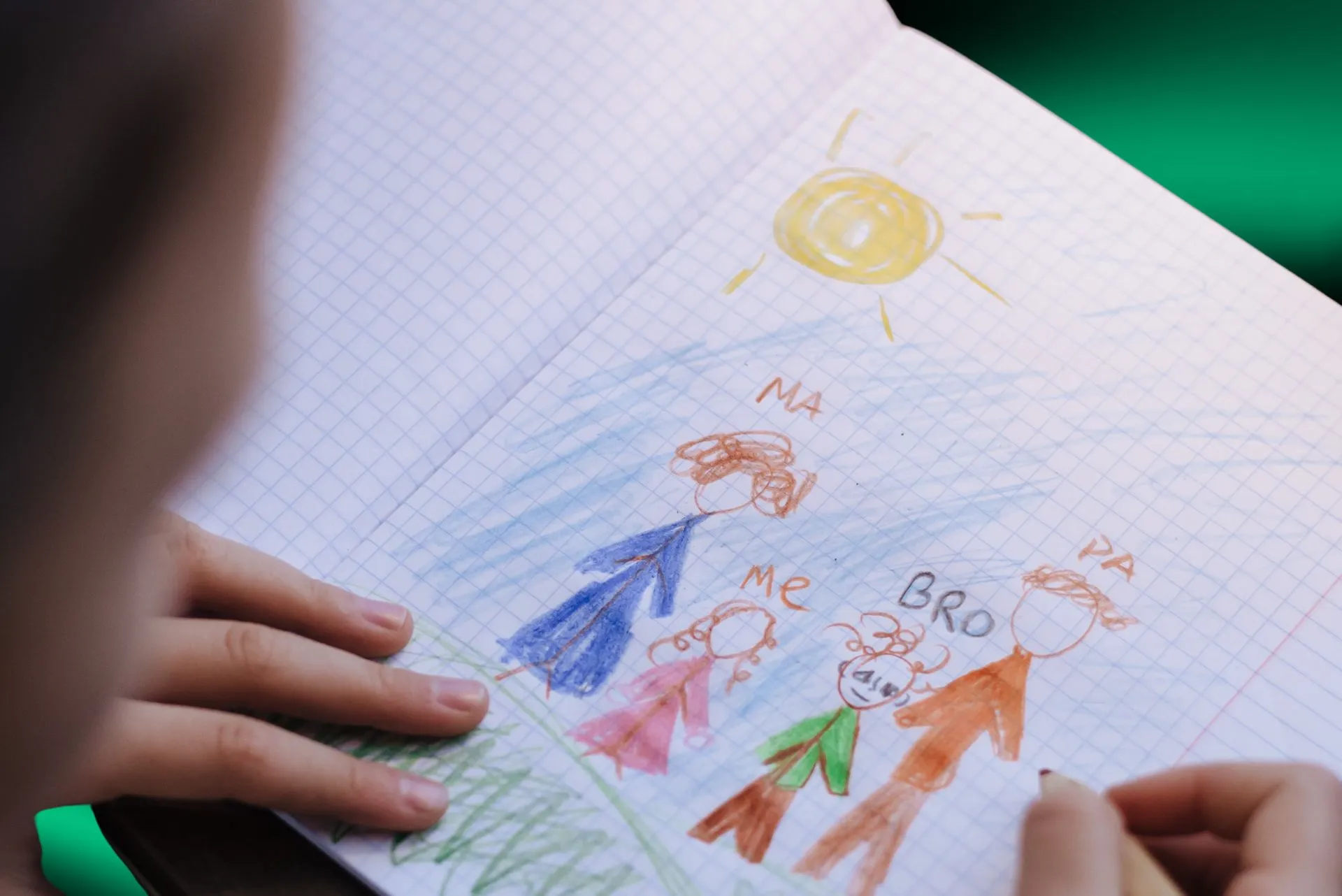In a digital world flooded with flashy reels, AI-generated cats and funny clips, getting someone to pause their scroll is no small feat. With shrinking attention spans, traditional hooks no longer hold. So what does? A strong story structure with a narrative arc; even if it lasts only 60 seconds.
In the age of Digital Marketing, Micro-stories don’t need extravagant visuals or heavy production. What they need is emotional precision and structure. Let’s break down how a well-crafted narrative arc can make even the shortest film unforgettable.
Exposition: Start Strong, Start Fast
Every story begins with context. In classic storytelling, the exposition sets the tone, introduces the characters, and signals why this moment matters. But when you have less than a minute, this setup needs to happen within the first few seconds.
Visual cues, snappy dialogue, and familiar settings work best. For example, in Panorbit’s micro-series, ‘It’s Not Working Out,’ the first frame shows a couple in their shared apartment. One of them says, ‘It’s not working out.’ Just five seconds in and the audience already understands the relationship, the conflict, and the mood.
The power of a tight exposition is that it gives the viewer everything they need to stay interested.

Conflict: Make the Moment Matter
Without conflict, stories fall flat. It’s the emotional engine that creates tension and makes the viewer care. In long-form content, this may take minutes to develop. In a micro-story, it has to arrive quickly and land sharply.
Take the same example: ‘It’s Not Working Out.’ After the initial breakup dialogue, there’s a pause. Then comes the twist: “Can we still be flatmates though?” That single line shifts the entire dynamic. Suddenly, it’s not just a breakup. It’s a dilemma. A new question is introduced: What happens when they end a relationship but can’t leave the life they built together?
A good narrative arc doesn’t just introduce tension, it leaves the viewer with a feeling of unresolved curiosity. That emotional hook is what holds attention to the very end.

Climax: End with Emotional Precision
The climax is where the story peaks: emotionally or narratively. It doesn’t have to be loud. It just has to feel real. In micro-series, the climax often comes in the form of a quiet reveal, a lingering look, or a single meaningful line.
It’s not about resolution as much as it is about resonance. When done right, even a 60-second film can leave the viewer thinking, feeling, and replaying the moment in their mind.

Why Narrative Arcs Matter for Micro-Stories
A solid narrative arc makes short content powerful. It gives your story rhythm. It turns fleeting attention into emotional investment. And in an era where every second counts, this structure can help the brand cut through the noise with authenticity in the era of digital marketing.
Still wondering if it’s possible? Watch our micro-series, ‘It’s Not Working Out,’ on Instagram and discover just how much can be said, felt and remembered in under a minute.
Want to tell your audience a story?
Shoot us a mail at: hello@panorbit.in






